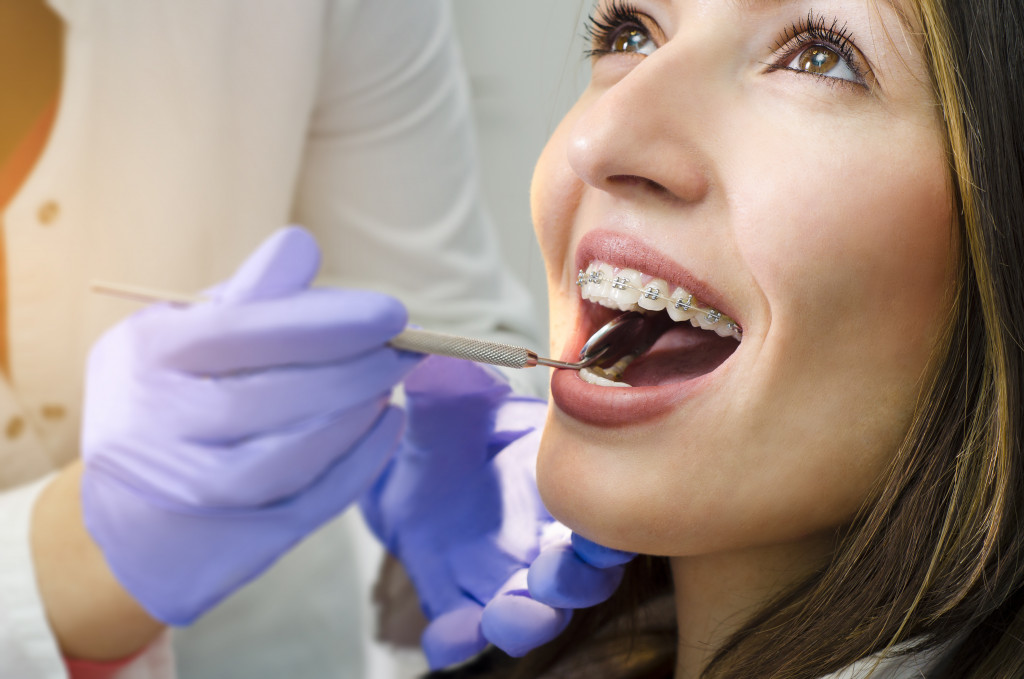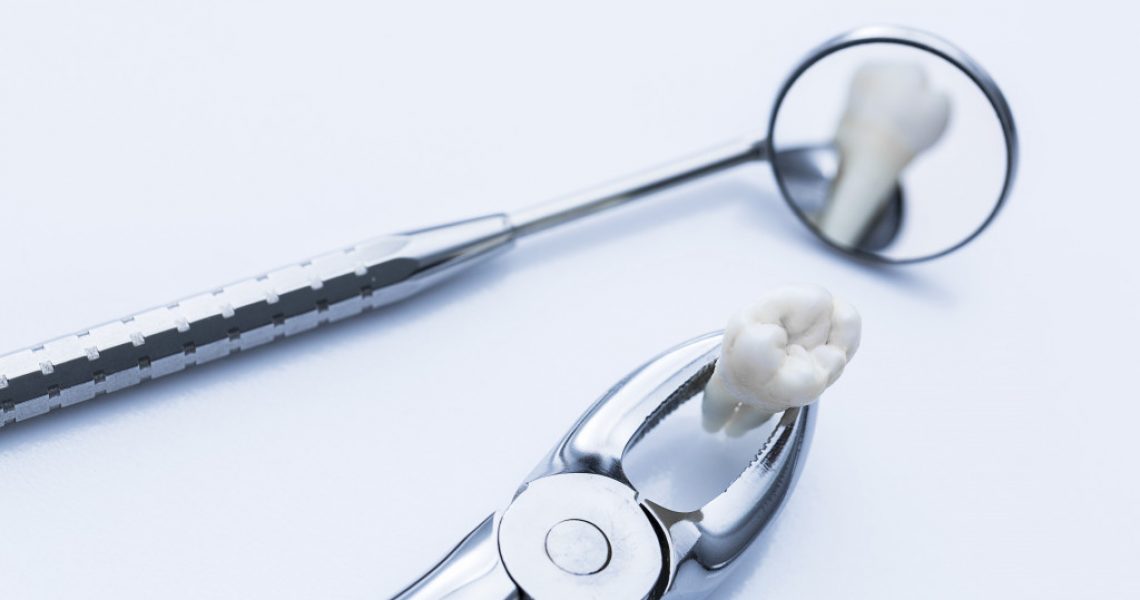Orthodontists need to have access to various tools to get their job done. Orthodontists need a wide range of equipment and gears for a well-performed dental practice, from drills and hand instruments to brackets and wires.
Suppose you’re a dental practitioner looking to start your orthodontic practice or expand an existing one. In that case, this article offers advice on what you need to invest in. Below, we will explore the essential tools that all orthodontists should have in their clinic, and you can find out which supplies are most relevant for your needs.
Dental Mirrors

Dental mirrors are one of the most critical tools that orthodontist needs in their clinic. They come in various shapes and sizes, but all serve the same purpose: to help the orthodontist see what is happening inside the patient’s mouth. Several types of dental mirrors are available on the market, but not all of them are necessary for an orthodontist’s clinic.
The most common type of dental mirror is the convex mirror. It is used to view the entire mouth and is ideal for examining patients with braces. It has a wide field of vision and can be mounted on a wall or stand to be easily accessed by the orthodontist.
Bite Stick
A bite stick is an orthodontist tool to measure how much a patient’s teeth have moved. It is a thin metal stick with a square or rectangular end against the teeth. The bite stick is then used to measure the distance between the teeth and mark it with a pen.
This tool is essential for orthodontists because it allows them to track treatment progress and ensure that the patient’s teeth are moving in the right direction. Bite sticks are available in various sizes, so it is crucial to choose the correct size for the patient’s mouth.
Cotton Pliers
Cotton pliers are a hand instrument used by orthodontists to remove cotton from between the brackets and wires. They are made of metal and have a long handle with a curved end to grab the cotton.
Cotton pliers allow orthodontists to remove cotton quickly and easily. It is vital to choose a cotton plier made of a durable material and has a comfortable grip.
Forceps
Forceps are another type of hand instrument used by orthodontists. Typically, they are made of stainless steel and come in various sizes. Forceps also come in two different forms: standard forceps and nickel-titanium wire-holding forceps.
Standard forceps are used to move objects quickly and securely without damaging them. On the other hand, wire-holding forceps are used to hold onto wires tightly while they are being bonded to teeth. Orthodontists use these pliers to place brackets on molars and premolars because they can securely hold onto these wires.
Straight Probe
Straight probes are one of the essential tools for an orthodontist’s clinic. They come in various shapes and sizes, but all consist of two curved prongs that allow the practitioner to view and reach complex spaces inside the patient’s mouth. Orthodontists use straight probes to check wires and brackets and remove food from between teeth.
Straight probes are available as disposable or reusable hand instruments. It is crucial to choose a tool that can serve various functions and be used by several orthodontists’ dental team members.
Arch Expansion Appliance
An arch expansion appliance is a device that is used to expand upper arches by inserting some elastic material into the machine. Orthodontists use these appliances to make room for teeth or expand an existing gap left by braces.
There are several types of arch appliances, but orthodontists prefer adjustable expansion devices because they can accommodate a variety of arch lengths. Orthodontists need to choose an instrument that can expand the arches in increments because this will allow greater control over the process.
Oral Cancer Screening Tool
The oral cancer screening tool, or OCST, is used by orthodontists to detect abnormal cells, growths, or lesions in the patient’s mouth. Orthodontists use a thin metal stick to rub the OCST across each tooth and gums to test for abnormalities. Orthodontists prefer this tool over cotton swabs because they can check multiple areas of the mouth at once with no risk of cross-contamination.
Orthodontists are dental professionals who specialize in straightening teeth and aligning jaws to create beautiful, healthy smiles. Orthodontists perform both cosmetic treatments and corrective procedures that improve the mouth’s functionality while strengthening oral health.
To create these flawless results, orthodontists need various tools to help improve the treatment process. So, it’s best to ensure that the above tools are available in your clinic.

